Keeping your car seats clean is crucial for both aesthetics and hygiene. Over time, dirt, stains, and spills can accumulate, making your vehicle look worn and uninviting. Fortunately, the right car seat cleaner can make a significant difference in maintaining a fresh and clean interior. This article explores best practices for using car seat cleaner effectively, ensuring your seats remain in top condition across all types of materials.
Types of Car Seat Fabrics
Car seat fabrics come in different types, each with unique benefits and challenges. Knowing your car seat material helps you choose the right cleaning methods.
Identifying Your Car Seat Material
- Fabric seats: Made from cloth or synthetic fibers, these are common and affordable.
- Leather seats: Durable and elegant, leather offers a luxurious appearance but requires extra care.
- Vinyl seats: Easy to clean and budget-friendly, but less comfortable compared to other materials.
Inspect your seat closely to identify the material. Check the manual or consult your car manufacturer for accurate details. Proper identification ensures effective and safe cleaning.
Common Challenges with Each Fabric Type
- Fabric seats: These absorb spills easily, leading to stains and odors. Regular cleaning is essential.
- Leather seats: Cracking and fading often occur without proper hydration and care.
- Vinyl seats: They can dry out and lose their shine over time if not maintained.
Understanding these challenges can help you pick the right car seat cleaner and cleaning tools. Choose cleaning methods that address specific issues while preserving the seat’s quality.
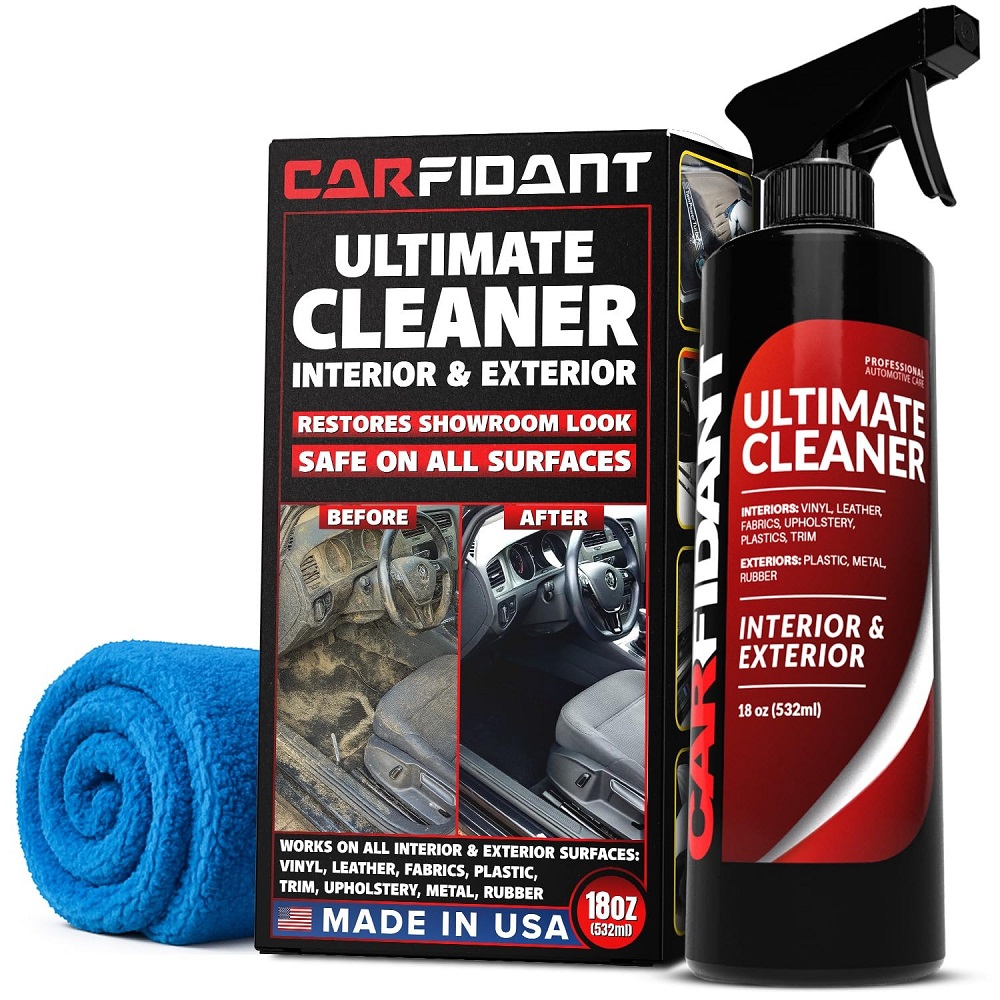
Essential Tools and Products for Cleaning
Cleaning car seats effectively requires the right tools and products. Using the appropriate items ensures thorough cleaning while protecting your seat material. Here’s what you need to know.
Recommended Cleaning Solutions
- Fabric seats: Use a foam-based car seat cleaner or an upholstery cleaner. These remove dirt and stains with ease.
- Leather seats: Choose pH-balanced leather cleaners to clean and condition the surface gently. Avoid acidic or harsh products.
- Vinyl seats: Opt for vinyl-specific cleaners or multipurpose cleaners safe for vinyl use.
Read product labels carefully before purchase. Select non-toxic and material-friendly options to maintain car seat quality. For stubborn stains, specialized stain removers can be helpful.
Choosing the Right Brushes and Cloths
- Brushes:
- Soft-bristle brushes work well for fabric seats, loosening dirt without damage.
- Leather-specific brushes feature softer bristles to prevent scratches and wear.
- Microfiber cloths: These are excellent for wiping and buffing surfaces clean without leaving residue.
- Scrub pads: Lightweight scrub pads are helpful for tough stains on vinyl.
Use separate tools for different types of seats to avoid cross-contamination. Keeping your cleaning tools clean and in good condition also improves cleaning results.
Step-by-Step Cleaning Instructions
Cleaning car seats effectively requires following specific steps for best results. Prepare properly and clean carefully.
Preparing Your Car Seat for Cleaning
- Vacuum thoroughly: Use a vacuum with attachments to remove dust, dirt, and crumbs.
- Check for damage: Inspect the seat for tears or holes that may worsen with cleaning.
- Test cleaner: Apply your car seat cleaner on a small, hidden area first.
- Gather tools: Ensure brushes, cloths, and solutions are ready for use.
Proper preparation avoids damage and ensures cleaning is efficient.
Removing Stains and Dirt Effectively
- Spot-treat stains: Apply cleaner directly to stains. Allow it to soak for recommended time.
- Scrub gently: Use soft-bristle brushes or microfiber cloths for tough spots.
- Clean evenly: Work on the entire seat surface to prevent uneven textures.
- Repeat if needed: Reapply cleaner for stubborn dirt, using appropriate methods.
Good techniques ensure dirt and stains are removed without harming materials.
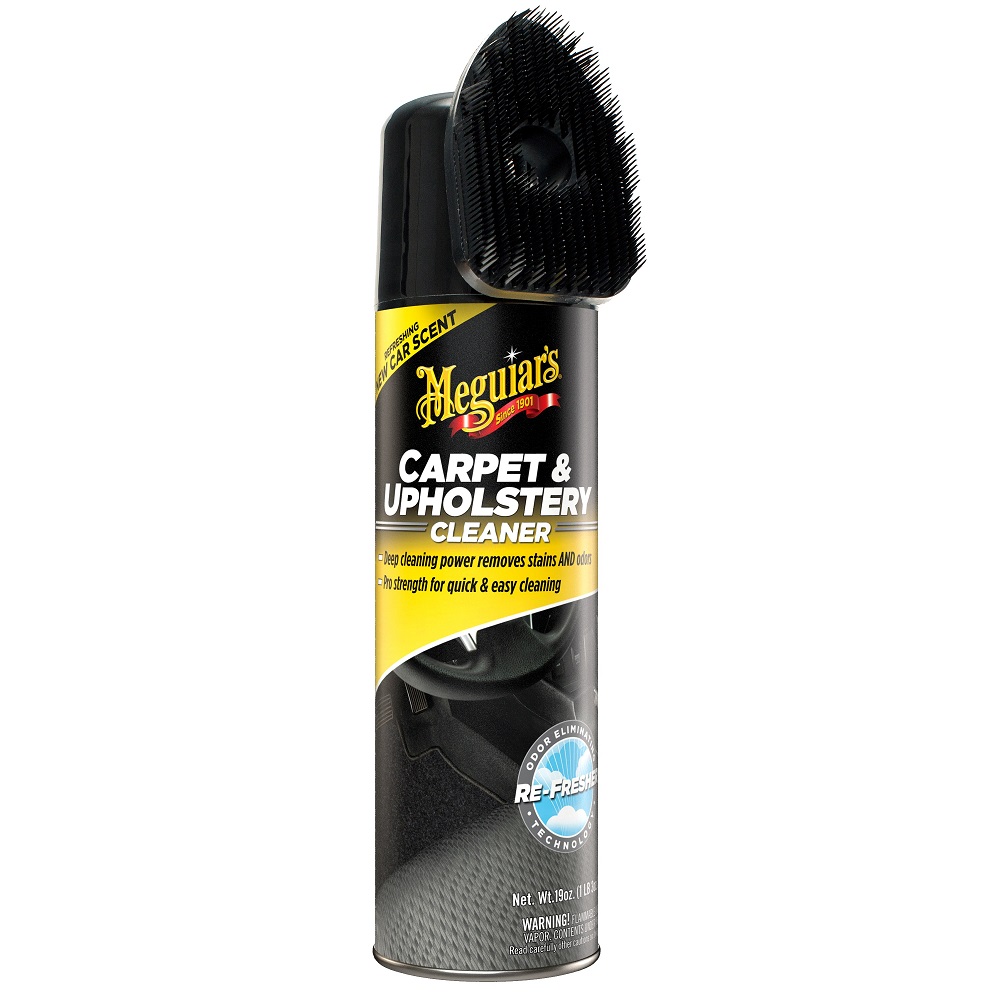
Drying and Maintenance for Long-lasting Cleanliness
- Dry seats properly: Use a clean cloth to remove excess moisture. Leave doors open for airflow.
- Condition leather: Use leather conditioners for hydration and to prevent cracks.
- Avoid sunlight: Keep seats away from direct sunlight during drying to avoid fading.
- Monitor cleanliness: Check seats regularly for dirt or spills to schedule timely cleaning.
Maintaining well-dried and clean seats boosts their appearance and lifespan.
DIY Car Seat Cleaner Recipes
Creating your own car seat cleaner is cost-effective and safe for materials. Homemade solutions are simple to make and environmentally friendly. These DIY recipes cater to different seat types, ensuring excellent cleaning results.
Homemade Solutions for Fabric Seats
- Vinegar and Dish Soap Mix: Combine one cup of white vinegar, two cups of water, and a teaspoon of dish soap. Apply the mixture to stained areas using a spray bottle. Scrub gently with a soft brush and wipe clean with a microfiber cloth.
- Baking Soda Paste: Mix baking soda with water to form a paste. Apply it to tough stains and let it sit for 15 minutes. Scrub gently before wiping it off with a damp cloth.
- Hydrogen Peroxide Blend: Mix equal parts hydrogen peroxide and water. Test the blend in a hidden area first, as it may lighten some fabrics. Use this solution to tackle stubborn stains effectively.
Homemade solutions for fabric seats are affordable and reduce the use of harsh chemicals.
Natural Cleaners for Leather Seats
- Olive Oil and White Vinegar: Mix one part olive oil with one part white vinegar. Apply a small amount to a microfiber cloth and gently buff the leather surface. This blend cleans and conditions leather seats simultaneously.
- Castile Soap Solution: Dilute one teaspoon of castile soap in two cups of distilled water. Use a microfiber cloth to apply the solution lightly on leather, avoiding saturation. Dry with another cloth to remove excess moisture.
- Alcohol-Free Baby Wipes: These work well for quick cleaning and removing minor stains. They’re gentle enough for leather yet effective in lifting dirt.
Natural cleaners help maintain leather’s quality and reduce risks of damage caused by harsh chemicals.
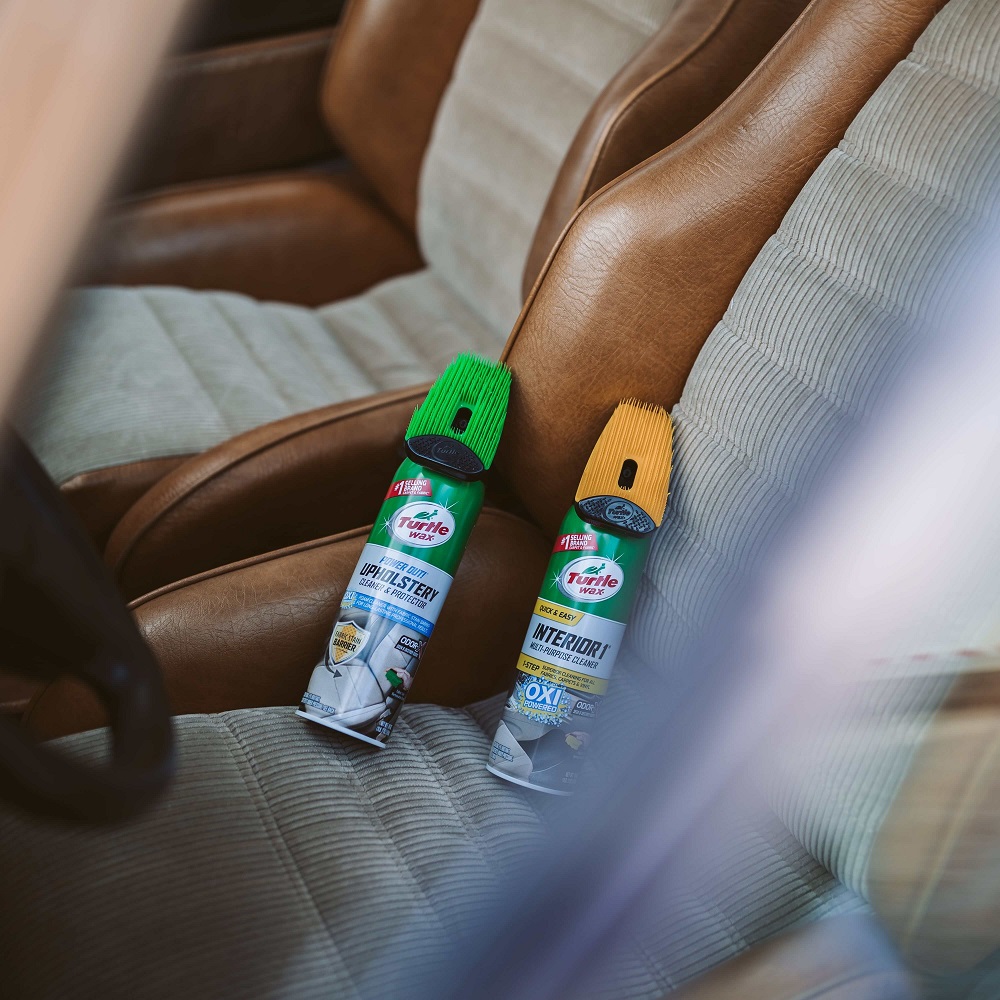
Tips to Prevent Car Seat Stains
Preventing car seat stains simplifies cleaning and protects your vehicle’s interior over time.
Protective Covers and Products
- Seat Covers: Use washable seat covers to guard against spills, dirt, and daily wear. These create a strong barrier, especially in high-traffic vehicles.
- Waterproof Mats: Install waterproof seat mats for additional protection against liquids. They reduce stain risks and are easy to clean.
- Fabric Protectors: Apply fabric sprays or leather sealers to shield seats from stains and moisture. These products form protective layers that repel water and grime.
- Child Accessories: Use car seat protectors and spill-resistant mats underneath children’s seats. This safeguards against food, drink, and messes.
Regular Maintenance Practices
- Quick Spill Cleanup: Blot spills immediately using a microfiber cloth to prevent stains from settling.
- Weekly Dust Removal: Vacuum car seats weekly to remove debris, crumbs, and dust before they accumulate.
- Scheduled Deep Cleaning: Plan thorough cleaning every month using appropriate car seat cleaners and tools.
- Inspections: Check seats regularly for small stains or damage early on. Prompt action prevents worsening issues.
- Avoid Eating in Car: Minimize food and drink consumption in your vehicle to reduce potential spills.
By using protective products and following good maintenance habits, you can keep car seats clean and looking new.
Dealing with Stubborn Stains
Stubborn stains can be a challenge to remove from car seats. These require special techniques and products to ensure effective cleaning. It’s important to approach deep stains carefully to avoid damaging the seat material.
Strategies for Tackling Deep Stains
- Pre-Treat the Stain: Apply a suitable cleaner directly to the stain. Let it soak for a few minutes.
- Use Specialized Stain Removers: For tough stains, opt for fabric-specific or leather-specific removers tailored to the material.
- Scrub with the Right Tool: Use soft-bristle brushes or microfiber cloths to scrub gently without harming the seat.
- Repeat if Needed: For persistent stains, repeat the process until the stain fades or completely disappears.
- Try DIY Solutions: Use effective DIY car seat cleaner recipes like baking soda paste or vinegar mixes.
- Avoid Harsh Scrubbing: Aggressive scrubbing can damage the seat texture or worsen the stain.
Using an appropriate strategy and patience ensures that deep stains are removed successfully.
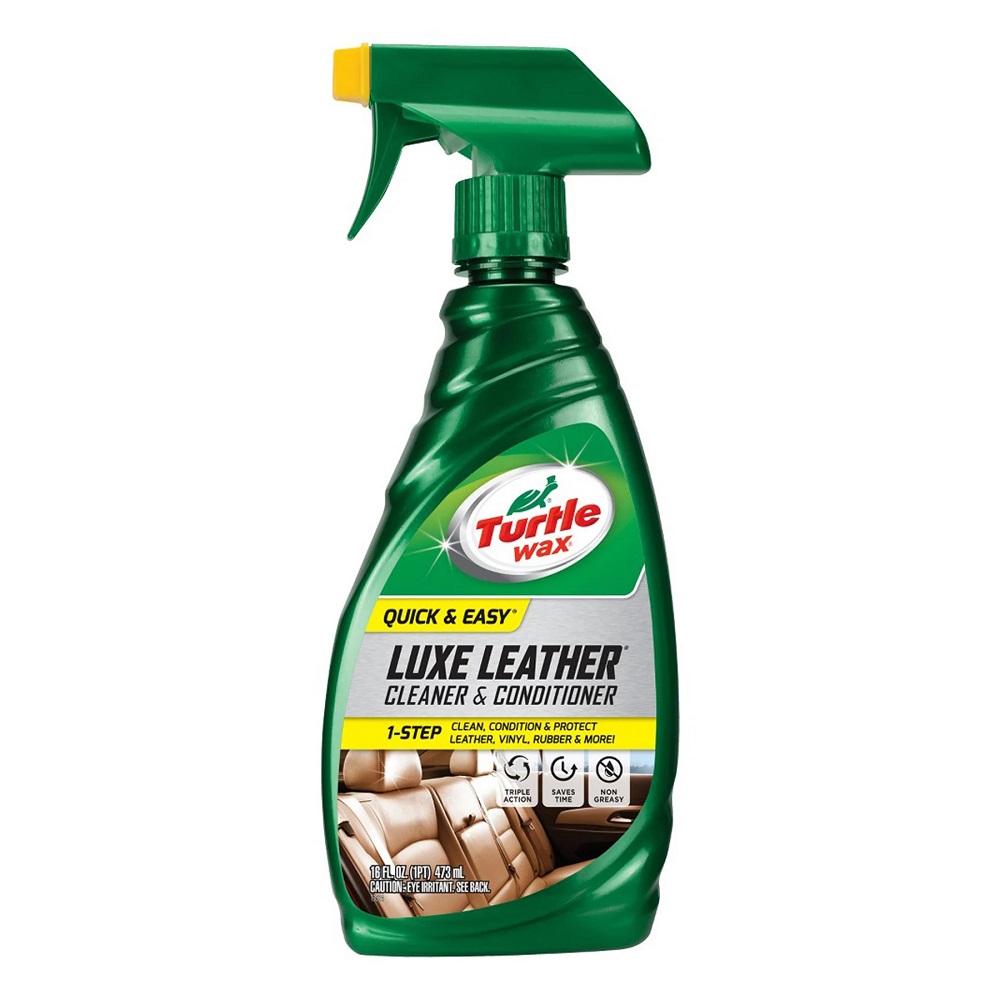
When Professional Cleaning Is Necessary
- Severe Staining: Call a professional when stains are extensive or deeply set into the seat.
- Damage Risk: Seek help for fragile materials like leather or vintage fabric to avoid damage.
- Time Constraints: Consider professionals if you don’t have time or the right tools for cleaning.
- Better Results: Professionals use advanced equipment and knowledge for thorough and safe stain removal.
Professional cleaning is worth considering when DIY methods fail or risks are high.
Safety Considerations While Cleaning
Ensuring safety during car seat cleaning protects both your seats and your health. Follow these considerations to avoid harm and maintain cleaning efficiency.
Avoiding Damage to Sensitive Materials
- Test Cleaners: Always test products on a hidden area to check for material compatibility.
- Use Soft Tools: Choose soft brushes or cloths to prevent scratches or damage to delicate fabrics.
- Avoid Harsh Scrubbing: Gentle scrubbing keeps seat material intact and avoids wear.
- Limit Water Use: Oversaturating seats, especially fabric or leather, causes damage or promotes mold growth.
- Read Manufacturer Guidelines: Follow the car manufacturer’s cleaning recommendations to prevent warranty voids or material damage.
Health and Environmental Aspects of Cleaning Products
- Choose Non-Toxic Cleaners: Use eco-friendly products free from harmful chemicals to protect health and the environment.
- Avoid Strong Fumes: Ensure ventilation when using products that emit strong odors or fumes.
- Wear Protection: Use gloves and masks while cleaning to minimize skin or respiratory irritation.
- Dispose Responsibly: Safely dispose of cleaning waste, like used cloths and empty bottles, to avoid pollution.
- Focus on Biodegradables: Opt for biodegradable cleaning solutions to reduce environmental harm.
By taking these precautions, you safeguard both your car and personal well-being during the cleaning process.
Dealing with Stains and Spills
Immediate Action
When spills or stains occur, it’s vital to act quickly. Many stains can be removed more easily when they are fresh. Blot the stain with a clean cloth or paper towel to absorb any liquid, avoiding rubbing, which can spread the stain or push it deeper into the fabric. Once you have blotted excess liquid, treat the stain with the appropriate cleaner.
Stain-Specific Solutions
Different stains require different treatments. For greasy stains, a mixture of dish soap and warm water can effectively lift the oil. For tough stains like ink or chocolate, specialized cleaner options should be considered. Always refer to your cleaner’s instructions for the best methods to treat specific stains.
Protecting the Upholstery
Applying a fabric protector can help repel stains and spills, making cleaning more manageable. Products designed for upholstery can create a protective barrier that minimizes absorption. Regularly treating your seats with such protectors can keep them looking new longer and simplify the cleaning process.
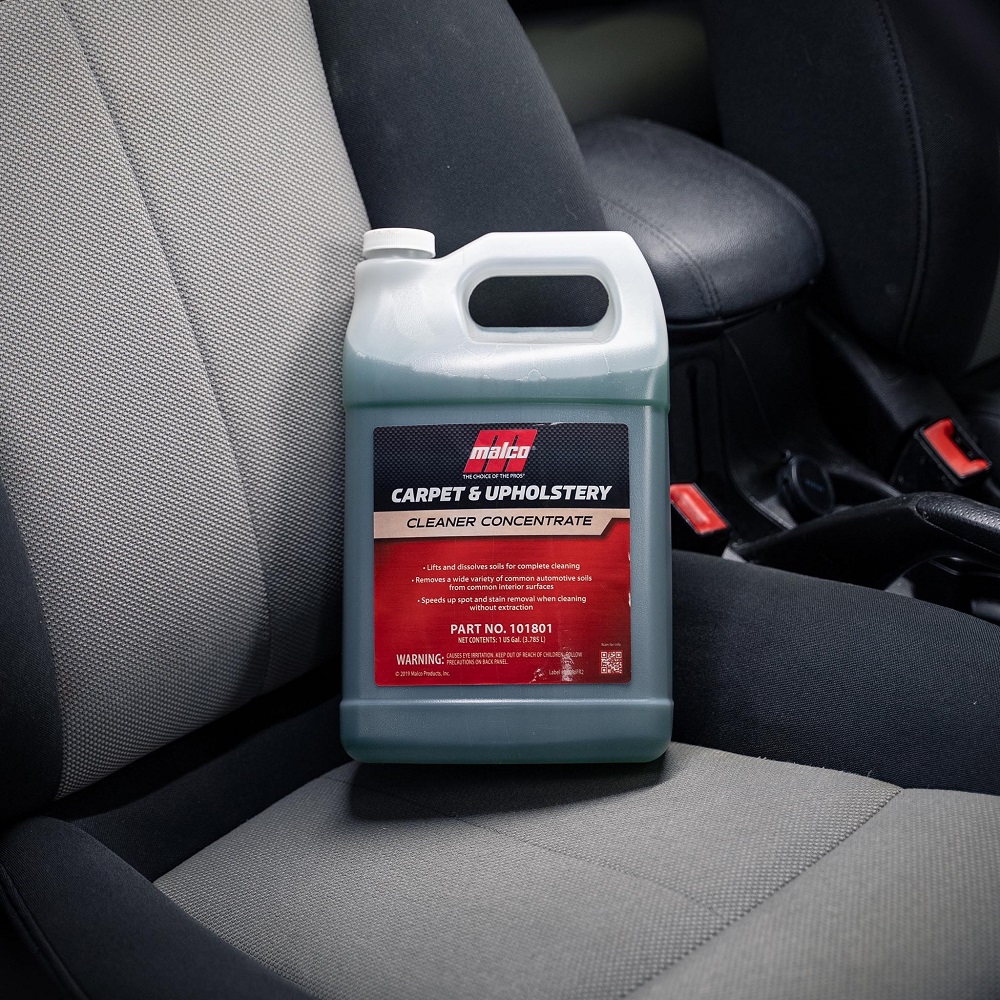
Seasonal Considerations for Car Seat Maintenance
Preparing for Winter
As winter approaches, additional care is necessary to maintain your car seats. Cold weather can be harsh on fabrics and leathers, often leading to cracks and stiffness. Regularly cleaning your seats before winter can prevent grime from settling in, and conditioning them will help preserve flexibility.
Keeping the Interior Dry
Using mats and seat covers can further protect against mud, snow, and moisture. Consider investing in water-resistant seat covers if you frequently drive in winter weather. Keeping the interior dry protects the seats from damage and maintains a comfortable driving environment.
Spring Cleaning and Beyond
Spring is an excellent time for a thorough deep clean of your car’s interior. After winter, your seats may need revitalization due to salt and dirt accumulated over the season’s rides. Schedule this cleaning early in the season to ensure that your seats and interior equipment are refreshed and ready for the warmer months.
Monthly Maintenance Routine
Create a monthly maintenance routine that includes vacuuming and spot cleaning. This approach keeps seats looking pristine and ensures that dirt does not build up over time. Proper maintenance habits lead to long-lasting results, allowing you to enjoy your car’s interior fully.
Conclusion: Embrace a Clean, Polished Driving Experience
Elevate Your Riding Enjoyment
In conclusion, maintaining car seat cleaner enhances not only the aesthetic appeal but also the overall comfort of your vehicle. By utilizing effective cleaners and following best practices, keeping your motorcycle seats spotless is achievable. This discipline ensures that your vehicle remains inviting and enjoyable for every ride.
Invest in Quality Products
Investing in high-quality cleaning products and protective gear is essential for achieving optimal results. The right tools will make the cleaning process more efficient and yield better results. Understanding your car’s upholstery and its specific maintenance needs can help you make informed decisions about suitable products.
Enjoy the Road Ahead
Ultimately, a clean and well-maintained set of car seats contributes to an overall enjoyable driving experience. Embrace the responsibility of caring for your vehicle, and your investment will pay off in comfort and style. By following these essential tips for cleaning and maintaining your car seats, you can create a polished environment that reflects your dedication to vehicle care. Enjoy every moment on the road with confidence that your car is well cared for!
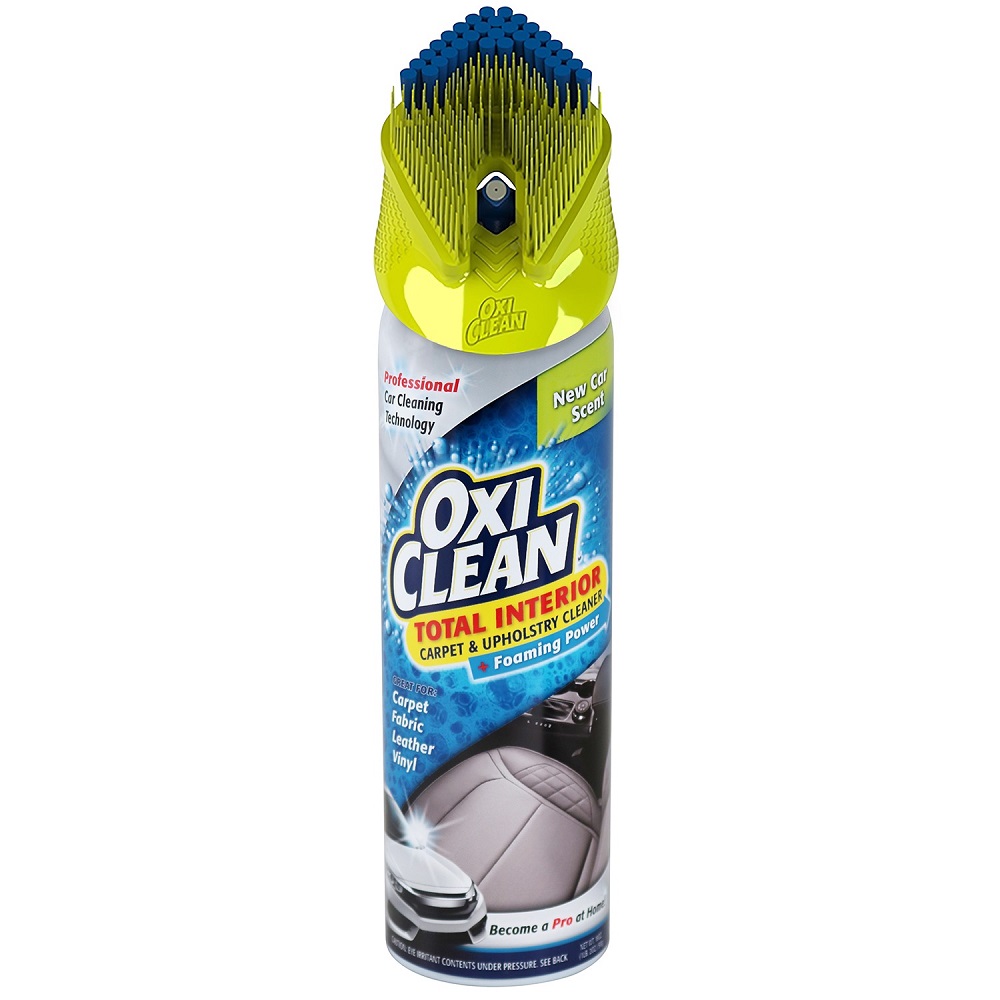
Leave a Reply